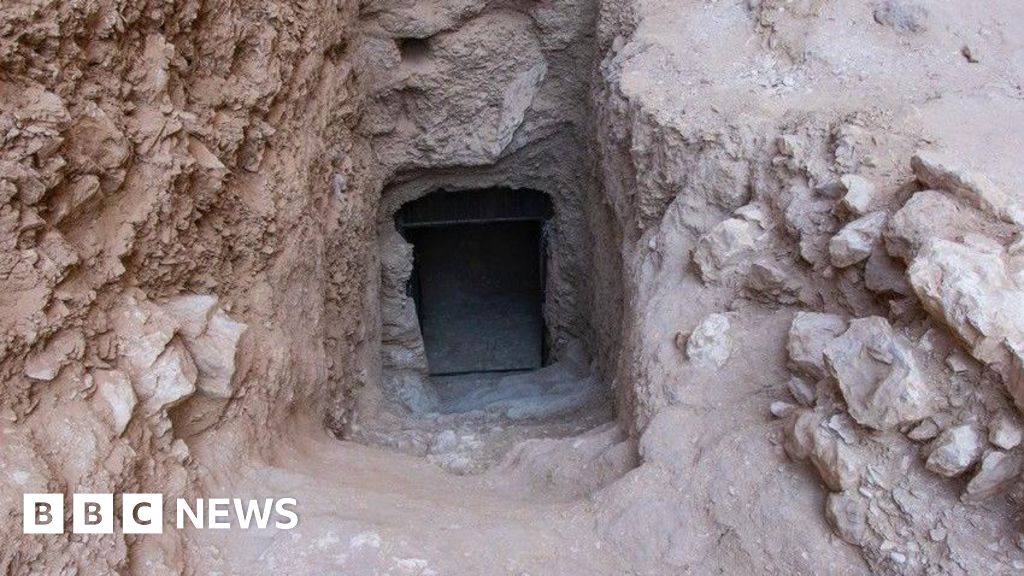Egyptologists have made a groundbreaking discovery by uncovering the first tomb of a Pharaoh since Tutankhamun’s tomb was found over a century ago. The tomb belongs to Thutmose II, a key figure of the 18th dynasty, and is located in the western valley of the Tevan Necropolis near Luxor, contradicting prior assumptions that royal burial chambers were over 2 km away from the Valley of Kings.
The British and Egyptian research teams found the tomb decorated with a blue ceiling featuring yellow stars, a motif only seen in royal tombs. Dr. Litherland, who leads the excavation, expressed deep emotional impact upon uncovering the tomb, stating it solves the long-standing mystery of Thutmose II’s burial site.
Although researchers previously located mummified remains thought to belong to Thutmose II, the original burial site had never been found. Thutmose II, who ruled from 1493 to 1479 BC, is known for being the husband of Queen Hatshepsut, a prominent female pharaoh.
The tomb’s design features grand stairs and corridors, but the burial chamber was found to be completely empty, likely due to flooding soon after the Pharaoh’s burial. The team did recover fragments of an alabaster jar, the first artifact linked to Thutmose II’s burial, which may indicate the tomb had been previously disturbed.
The discovery concludes over 12 years of excavation by a joint team from Dr. Litherland’s New Kingdom Research Foundation and Egypt’s Ministry of Tourism. Sherif Fati, the Egyptian Minister of Tourism, described the find as an extraordinary moment for Egyptology and a significant addition to global historical narratives.
Source link


